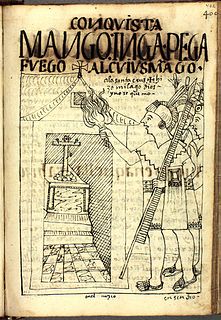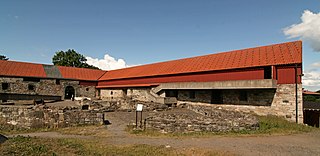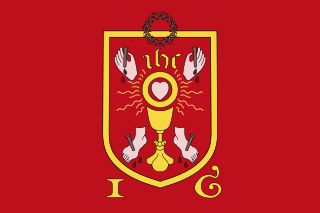 W
WChicken War or Hen War is the colloquial name for a 1537 anti-royalist and anti-absolutist rokosz (rebellion) by the Polish nobility. The derisive name was coined by the magnates, who for the most part supported the King and claimed that the conflict's only effect was the near-extinction of the local chickens, eaten by the nobles gathered for the rokosz at Lwów, in Ruthenian Voivodeship. The magnates' choice of "kokosz"—meaning "an egg laying hen"—may have been inspired by a play on words between "kokosz" and the similar-sounding "rokosz". The Chicken War was the first rokosz of the Szlachta in Polish history.
 W
WThe Siege of Cusco was the siege of the city of Cusco by the army of Sapa Inca Manco Inca Yupanqui against a garrison of Spanish conquistadors and Indian auxiliaries led by Hernando Pizarro in the hope to restore the Inca Empire (1438–1533). The siege lasted ten months and was ultimately unsuccessful.
 W
WThe Siege of Hamar was a short siege that lasted for three days in late June 1537, between the forces of Catholic bishop Mogens Lauritssøn and noble Truid Ulfstand. Truid Ulfstand and his forces came down from Trondheim to arrest the bishop as a part of the Reformation in Denmark–Norway and Holstein. The bishop heard that he was going to be arrested and barricade himself and his men inside his farm at Hamar before the Protestant troops came. The Protestant troops where superior both in numbers and military tech, and when the Protestant troops arrived they laid siege to the farm. The commander of the Protestant forces had a parley with the bishop, and gave him three days to surrender or he would burn the farm. On the third day of the siege the bishop surrendered and was taken as a prisoner to Denmark, where he died in 1542.
 W
WOn 1 or 2 August 1537, near the Tuscan village of Montemurlo, the forces of the newly installed Duke Cosimo I of Florence defeated a hastily organized army of those who wished to overthrow the Medici and restore the Republic of Florence. Following the battle, Cosimo's bloody vengeance on all those who opposed Medici rule effectively ended organized opposition to his family in Florence. The victory led to the decision of Emperor Charles V to formally recognize Cosimo as Duke of Florence on 30 September 1537.
 W
WThe Pilgrimage of Grace was a popular uprising that began in Yorkshire in October 1536, before spreading to other parts of Northern England including Cumberland, Northumberland, and north Lancashire, under the leadership of lawyer Robert Aske. The "most serious of all Tudor rebellions", it was a protest against Henry VIII's break with the Roman Catholic Church, the dissolution of the lesser monasteries, and the policies of the King's chief minister, Thomas Cromwell, as well as other specific political, social, and economic grievances.
 W
WThe Siege of Corfu in 1537 was led by the Ottoman Emperor Suleiman the Magnificent, against the Republic of Venice-held island of Corfu. It is part of the Ottoman–Venetian War (1537–1540), one of the numerous Ottoman–Venetian Wars of the period.
 W
WThe Siege of Klis or Battle of Klis was a siege of Klis Fortress in the Kingdom of Croatia within Habsburg Monarchy. The siege of the fortress, which lasted for more than two decades, and the final battle near Klis in 1537, were fought as a part of the Ottoman–Habsburg wars between the defending Croatian–Habsburg forces under the leadership of Croatian feudal lord Petar Kružić, and the attacking Ottoman army under the leadership of the Ottoman general Murat-beg Tardić.